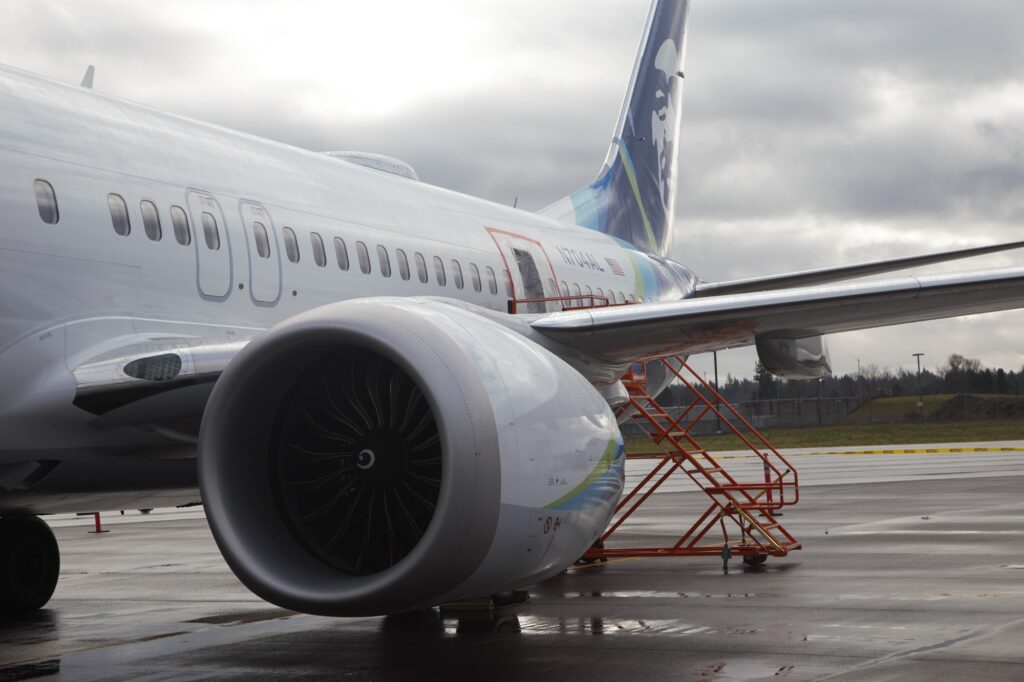One of the leading figures of the Boeing 737 MAX program has been replaced after 18 years of service at the company.
The departure of Ed Clark, Vice President of the MAX program, was announced on February 21, 2024, in a memo to staff from Stan Deal, the CEO of Boeing Commercial Airplanes.
The structural changes come just weeks after a plug door separated from an Alaska Airlines Boeing 737 MAX 9 shortly after takeoff from Portland International Airport (PDX).
On February 6, 2024, the National Transportation Safety Board (NTSB) in the United States issued a preliminary report into the incident confirming that four key bolts designed to hold the plug door in place were missing.
News of Clark’s departure was first reported by the Seatle Times, which also confirmed that he would be replaced by Katie Ringgold, the Vice President of Boeing delivery operations.
In the email to staff, Deal said that Clark, who was also the manager of the Renton factory, had made “many significant contributions” during his time at Boeing.
Explaining the decision Deal said the shakeup was to provide “enhanced focus on ensuring that every airplane we deliver meets or exceeds all quality and safety requirements.”
Since the Alaska Airlines plug door blowout Boeing 737-9s have returned to operations but not before rigorous checks authorized by the Federal Aviation Administration (FAA) were carried out.
The immediate fallout from the incident on January 5, 2024, may have receded for now but Boeing faces many tests ahead as it looks to rebuild trust with operators and the public.
The FAA previously informed Boeing it will not grant any manufacturing expansion of the MAX family aircraft, including the 737-9 MAX, and will increase oversight of Boeing’s production lines.
Boeing had previously proposed to expand the 737 MAX production at its Washington base later this year, but the FAA has said manufacturing numbers will be capped for now.

